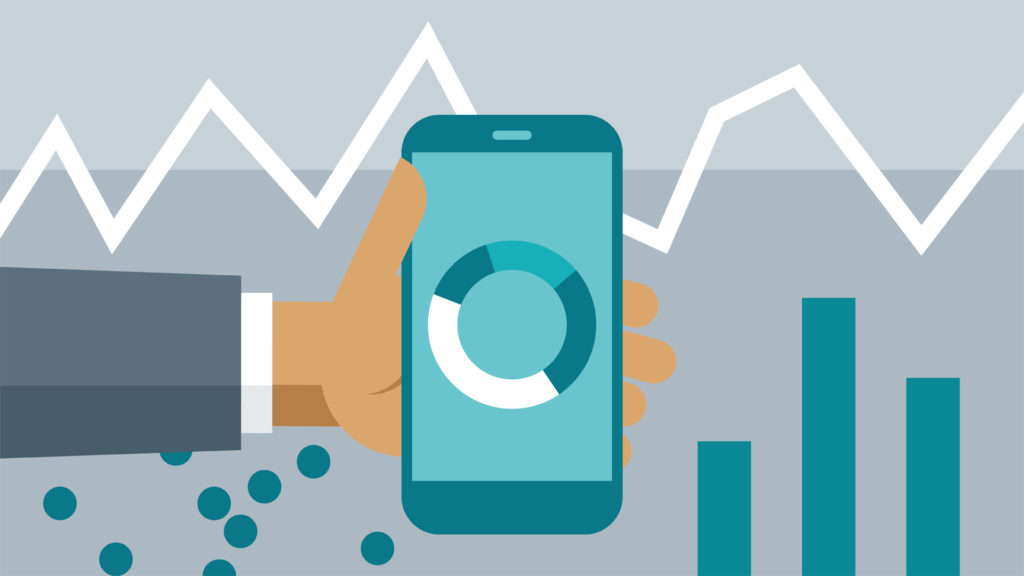The process of developing an app is challenging, to be sure. But the greatest test comes after launch: Can your app find success in today’s competitive market? In a world where even app discoverability is increasingly more elusive—let alone sustained user engagement over time—effective marketing is absolutely crucial in connecting users to your apps. But marketing your app costs time and money, so it pays to make sure you’re getting the optimal outcome for the most efficient ad spend.
This is where analytics for mobile app performance and marketing enter the picture. Only by keeping close tabs on analytics measuring performance in certain areas can you get an accurate idea how well your app, and its various marketing campaigns, are doing. This helps inform decision making as you strategize on how to best engage your user base.
Defining Key Performance Indicators (KPIs)
Analytics is a very broad field, and it’s not always possible to devote enough time to “crunching the numbers” as you’d need to get a very granular understand. So, what’s a modern app marketer to do? Start by defining a set of KPIs to monitor helps you assess the most impactful areas in a timely manner. These KPIs should tie into your engagement and marketing goals.
Here are a few common app marketing metrics to use as KPIs, according to Mashable:
- Retention rate: How many users are still using your app a set amount of time after installing it? Common intervals include one-, seven-, 30- and 90-day retention rates.
- User acquisition: How did existing users find your app? Sources include organic search, paid ad campaigns, in-app referrals, word-of-mouth, etc.
- Average revenue per user: How much does the average user spend via your app? This will provide a comparison point against the cost of acquiring a user.
Establishing KPIs closely related to your goals will help you get the most out of your mobile app analytics strategy.
Active Users vs. Dormant Installers
Diving into user behavior analytics will help you differentiate those who merely install your app from those who actively use it. In terms of monetization, there’s a big difference—especially as many apps are free to download these days. This means they depend exclusively on post-install events to generate revenue—like subscribing, making an ecommerce purchase or buying additional in-app content. It’s very important to understand how well your app is retaining users beyond the initial install because this factor can make or break your monetization strategy.
If your metrics surrounding user retention seem low, don’t panic yet. You might be surprised to learn that 21 percent of users launch an app just once. Only 38 percent of users end up launching an app 11 or more times. Retention is an industry-wide challenge, one marketer must keep a close eye on if they hope to target the most promising users.
Analytics is useful for monitoring both acquisition and retention efforts, so you can refine your marketing strategy. For paid ad campaigns in particular, you can use analytics to keep track of ad spend, app installs, cost per install, post-install conversions and cost per action. Only with this information “in hand” can you assess whether you’re getting the most bang for your buck in terms of campaign performance.
Behaviors of High-Value Users
Engaged users are high-value users because they partake in revenue-generating behaviors—and are more likely to do again. With analytics, you can take a closer look at who your high-value users are by demographic and which behaviors they’re engaging in after they’ve installed your app. This will help you improve targeting, so you can aim to acquire similar users.
What can you learn from mobile app analytics? Well, a whole lot—provided you understand which KPIs matter most in gauging app engagement and marketing success.










